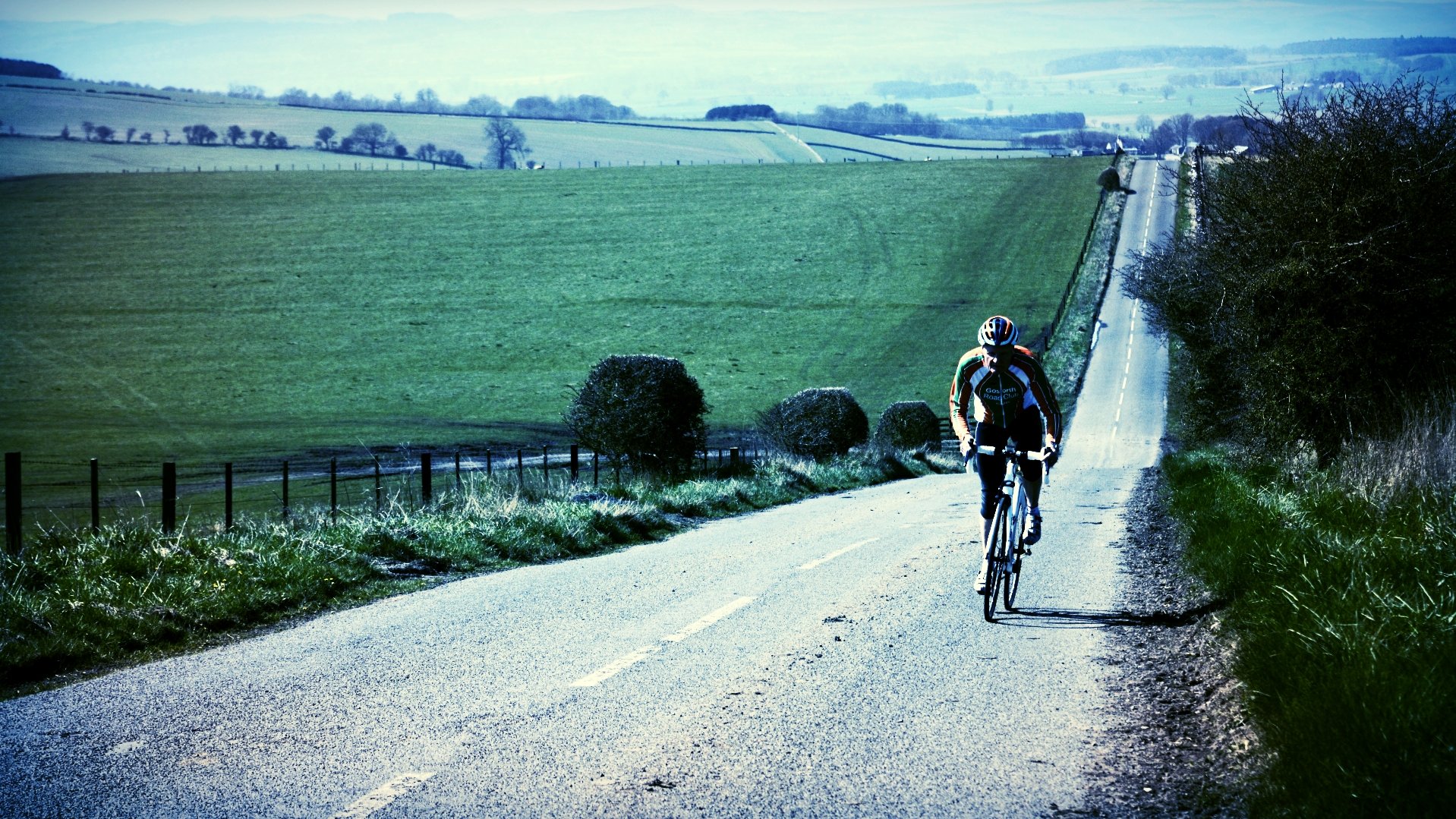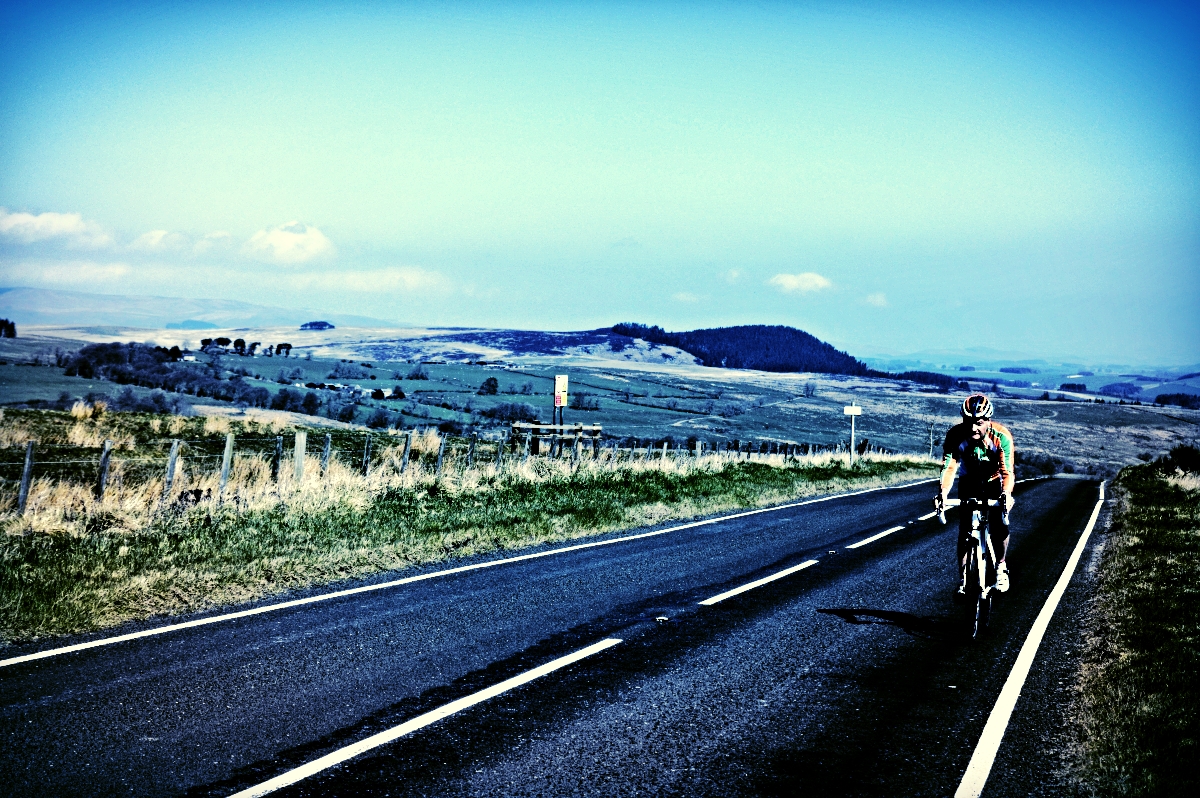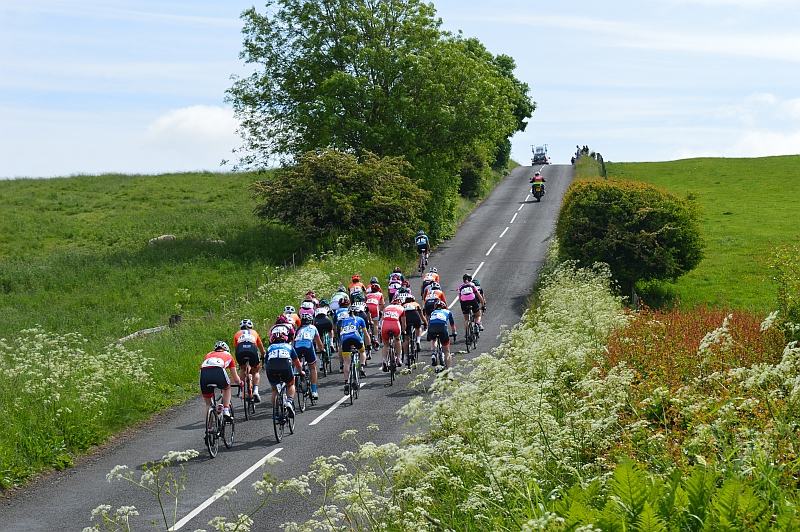When we first launched the
Cyclone Challenge Rides, over 15 years ago, the event was always going to involve plenty of climbing. We always emphasise that the event is about much more than the big climbs.
However, for most cyclists, climbs are a key element in defining the characteristics of a long road ride. And your ability to get over the climbs will dictate how quickly you will be able to cover the distance.
The climbs are likely to be the places your are most tested, physically and mentally, during the ride. They should also be the source of some of the most rewarding moments: there’s nothing quite like reaching the summit of a long road climb, with view stretching ahead of you and descent to enjoy. It's a time to rest and reflect on the sense of achievement at having conquered the ascent.
Below, we look at how to improve climbing speed and technique.
Training
It may be blindingly obvious, but training hard naturally improves your climbing. If you live in hilly terrain, don’t be afraid to tackle climbs and de-mystify the experience of going uphill on a bike. The bottom line is very simple: the better your power to weight ratio, the faster you will climb. So, that means that you can either reduce weight or increase power, to obtain an improvement.
If you’re not a natural lightweight you may be tempted to lose weight in search of a leaner physique. But, in truth, as a cyclist who is doing the sport mainly for pleasure, dieting isn’t much fun, whereas cycling is. Generally, you’re better off cycling more, enjoying yourself more and letting your weight look after itself. In other words, don’t get hung up on your weight at the expense of enjoying your cycling!
Technique
On the whole, it’s best to climb whilst seated. Out of the saddle efforts are useful to stretch your muscles and avoid the discomfort of remaining in the same position for long periods. Standing can also give you a bit more leverage to get you over a steeper section or perhaps round a tight bend. However, for long climbs, it’s more important to settle into a consistent and comfortable cadence (i.e. how fast your legs are going round). For most reasonably fit cyclists this is in the region of 80 to 100 revs per minute.
Like a car engine, your body has a “power band” where it’s most efficient and it should naturally find that on a climb. Use your gears to keep yourself in that power band or rev’ range. Some riders find that by using rollers, a turbo trainer or riding fixed wheel on a track they can improve their ability to maintain a high cadence. This can make you more efficient on climbs. Watch the professionals who excel at climbing and take note of their relaxed and fluid cadence. Smooth, rhythmical pedalling is the aim.
Pacing
On any long ride you’re always conscious that what you are doing at the moment might be having an impact on your cycling in an hour or two’s time. Go too hard up the first couple of climbs and you will pay the price later in the ride. Again, think about maintaining an easy spinning cadence on the early climbs, as this will take less out of your legs than slower grinding. Equally, keep your effort level under control and save something for later. It’s all too easy to be dragged into a “race” on a climb. You will almost certainly pay the price sometime later on another climb. Keep something back and stick to a good technique and easily sustained pace and follow your own plan!
Gears
Planning ahead also applies to the road immediately in front of you. Several of the Cyclone Challenge Rides’ steeper sections come upon you quite suddenly: look to keep on top of gear selection and don’t get trapped in a high gear on an unexpectedly steep ramp of road.
But, also, look much further ahead: well before the event, check out the route profile and see just exactly how steep the major climbs are. Find something similarly steep in your local area and see if your gearing is up to the job.
If you already training in a hilly area, the chances are you will already have a bike with appropriate gearing. But if you aren’t, then it might be worth a trip to somewhere with some decent hills to test your gearing. Bear in mind that gearing which is fine when you are fresh might be pretty uncomfortable when you have five hours of cycling in your legs. Modern compact chainsets are a big help, but don’t be afraid to get some help at the rear cassette too. Climbing slowly ON the bike is always preferable to walking OFF the bike!
So, remember, your gearing (and more specifically your lowest/easiest gear) should allow you to pedal at a cadence of about 80RPM on all but the steepest climbs on your ride.
So, there you have it. Climbing is one of the most satisfying parts of cycling. It’s also the most testing aspect of the sport and the one where your weaknesses will be most exposed. But if you’ve trained hard, know your own limitations and look after yourself, you can turn climbing into a strength and a pleasure…..of sorts!


